Home>Furniture & Design>Outdoor Furniture>How To Make An Outdoor Sculpture
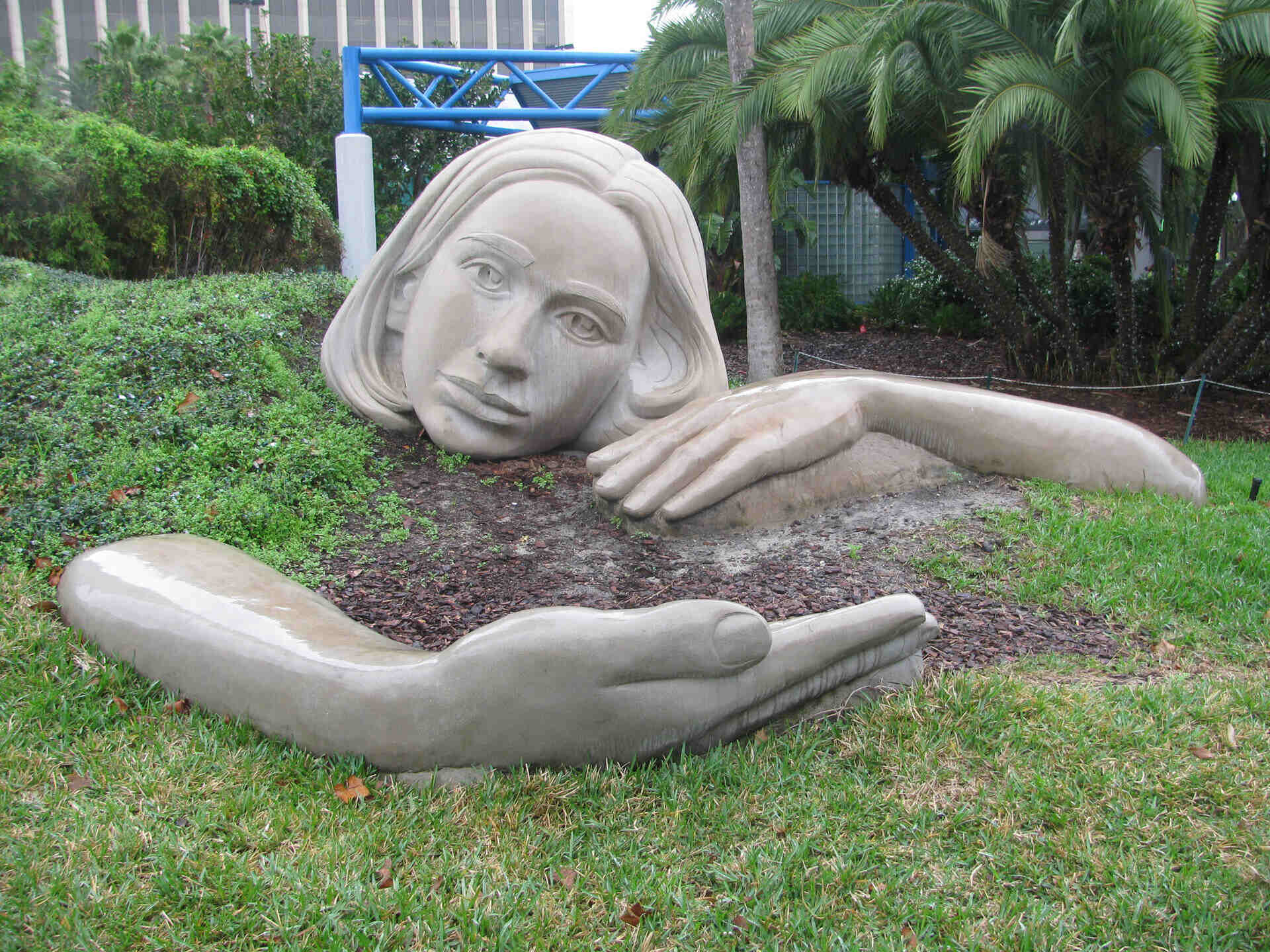

Outdoor Furniture
How To Make An Outdoor Sculpture
Published: January 15, 2024
Learn how to create stunning outdoor sculptures with our expert tips and ideas. Explore the best outdoor furniture and design for your artistic projects.
(Many of the links in this article redirect to a specific reviewed product. Your purchase of these products through affiliate links helps to generate commission for Storables.com, at no extra cost. Learn more)
Introduction
Creating an outdoor sculpture can be a remarkably fulfilling and enriching endeavor. Whether you are an experienced artist or a novice enthusiast, the process of designing and crafting a sculpture for an outdoor setting offers an opportunity to express creativity and contribute to the aesthetic appeal of your outdoor space. In this comprehensive guide, we will explore the essential steps and considerations involved in making an outdoor sculpture that harmonizes with its surroundings and stands the test of time.
From choosing the ideal location for your sculpture to selecting the right materials and bringing your design to life, each stage of the process presents unique challenges and opportunities. By understanding and embracing these key elements, you can embark on a journey of artistic exploration and create a captivating outdoor sculpture that becomes a focal point of admiration and inspiration.
Whether you envision a contemporary, abstract piece or a traditional, figurative sculpture, the principles and techniques shared in this guide will provide valuable insights and practical guidance. By delving into the intricacies of outdoor sculpture creation, you will gain the knowledge and confidence to embark on this rewarding artistic venture, infusing your outdoor space with beauty, character, and personal expression. So, let's embark on this exciting journey of creativity and craftsmanship as we delve into the art of making an outdoor sculpture.
Key Takeaways:
- Choosing the right location and materials, designing the sculpture, and adding sculptural elements are crucial steps in creating an outdoor sculpture. It’s a journey of creativity and craftsmanship that enriches outdoor spaces.
- Maintaining and caring for outdoor sculptures is essential for preserving their beauty and structural integrity. It ensures that these artworks continue to inspire and captivate future generations.
Read more: How To Make Outdoor Games
Choosing the Right Location
Before delving into the intricacies of designing and crafting your outdoor sculpture, it is crucial to carefully consider the location where it will be placed. The setting in which a sculpture is situated significantly influences its visual impact and overall effectiveness. Here are some essential factors to ponder when selecting the perfect spot for your outdoor sculpture:
- Environmental Integration: Assess the natural surroundings and landscape features of your outdoor space. Consider how the sculpture can harmonize with the existing elements, such as trees, plants, and topographical characteristics. The goal is to create a seamless integration that enhances the overall aesthetic appeal of the environment.
- Visibility and Focal Point: Determine the vantage points from which the sculpture will be viewed. Whether it is a focal point from a specific angle or a piece meant to be discovered gradually as one moves through the space, understanding visibility is crucial. Additionally, consider how the sculpture will interact with natural light throughout the day.
- Functional Considerations: Take into account the practical aspects of the chosen location. Ensure that the sculpture does not obstruct pathways or impede other activities within the outdoor area. Furthermore, consider the long-term effects of weather and environmental exposure on the sculpture’s materials and structural integrity.
- Emotional and Conceptual Alignment: Reflect on the intended emotional and conceptual impact of the sculpture. Consider how the chosen location can amplify or complement the intended message or theme of the artwork. The interaction between the sculpture and its surroundings can evoke powerful emotional responses and enrich the viewer’s experience.
By carefully evaluating these considerations, you can identify a location that not only showcases the sculpture optimally but also fosters a harmonious relationship between the artwork and its environment. This thoughtful approach to selecting the right location sets the stage for a captivating and meaningful outdoor sculpture experience.
Selecting Materials
The choice of materials plays a pivotal role in the creation of an outdoor sculpture, influencing its aesthetic appearance, durability, and relationship with the surrounding environment. When selecting materials for your sculpture, it is essential to consider not only their visual and tactile qualities but also their ability to withstand outdoor conditions and the passage of time. Here are key considerations when choosing materials for your outdoor sculpture:
- Weather Resistance: Outdoor sculptures are exposed to various weather conditions, including sunlight, rain, wind, and fluctuating temperatures. Opt for materials that can withstand these elements without compromising their structural integrity or aesthetic appeal. Materials such as stainless steel, bronze, stone, and concrete are renowned for their durability and weather resistance.
- Aesthetic Compatibility: The chosen materials should align with the artistic vision and conceptual framework of the sculpture. Consider how the texture, color, and finish of the materials contribute to the overall visual impact and emotional resonance of the artwork. Whether you opt for the raw, organic beauty of natural stone or the sleek, contemporary allure of metal, the materials should complement the intended aesthetic and thematic goals of the sculpture.
- Maintenance Requirements: Evaluate the maintenance needs of the materials over time. Some materials may require periodic cleaning, sealing, or surface treatments to preserve their appearance and structural integrity. Understanding the maintenance demands of the chosen materials is crucial for ensuring the longevity and pristine condition of the outdoor sculpture.
- Sustainability and Environmental Impact: In an era of heightened environmental consciousness, consider the sustainability and environmental impact of the materials used in the sculpture. Explore eco-friendly and responsibly sourced options that align with principles of sustainability and ethical stewardship of natural resources.
By thoughtfully considering these factors, you can make informed decisions when selecting materials for your outdoor sculpture, ensuring that the chosen elements contribute to the enduring beauty, resilience, and artistic integrity of the artwork. The careful selection of materials sets the stage for a visually stunning and enduring outdoor sculpture that captivates viewers and withstands the test of time.
Designing Your Sculpture
The design phase of creating an outdoor sculpture is a captivating journey of artistic exploration and conceptualization. Whether you have a clear vision in mind or are open to the organic evolution of ideas, the design process sets the stage for bringing your artistic vision to life. Here are essential considerations and steps to guide you through the design of your outdoor sculpture:
- Conceptual Clarity: Begin by defining the conceptual underpinnings of your sculpture. What message, emotion, or narrative do you aim to convey through the artwork? Whether it is a celebration of nature’s beauty, a reflection of human experiences, or an abstract exploration of form and space, clarity in your conceptual intent serves as a guiding light throughout the design process.
- Sketches and Visualizations: Translate your conceptual framework into visual representations. Sketching and creating visual mock-ups allow you to explore different forms, compositions, and spatial relationships. Embrace experimentation and iteration, allowing your ideas to evolve and refine as you delve deeper into the visual possibilities of your sculpture.
- Scale and Proportion: Consider the scale and proportion of your sculpture in relation to its intended environment. Whether it is a monumental centerpiece or an intimate accent within a garden, the size and proportions of the sculpture significantly impact its visual presence and interaction with the surrounding space.
- Material Integration: Integrate your chosen materials into the design process. Consider how the selected materials inform the form, texture, and visual dynamics of the sculpture. Explore how the interplay of materials contributes to the overall sensory experience and conceptual expression of the artwork.
- Viewer Engagement: Envision how viewers will engage with the sculpture from various perspectives. Consider the visual interest and intrigue from different angles, as well as the tactile and spatial relationships that invite interaction and contemplation. Design your sculpture to captivate and engage the senses, inviting viewers to immerse themselves in its presence.
By embracing these design considerations and steps, you can embark on a creative odyssey that brings your artistic vision to fruition. The design phase lays the foundation for a compelling, visually arresting outdoor sculpture that resonates with its environment and captivates the hearts and minds of its audience.
Building the Armature
The armature serves as the structural framework upon which the sculptural form will be built, providing stability and support as you bring your artistic vision to life. Whether you are working with clay, metal, or other sculpting materials, the construction of a well-designed armature is a crucial step in the sculpting process. Here’s a comprehensive guide to building an armature for your outdoor sculpture:
- Planning and Conceptualization: Before constructing the armature, revisit your design sketches and conceptual vision for the sculpture. Consider the internal support needs and the desired spatial relationships within the sculptural form. This planning phase ensures that the armature effectively translates your design into three-dimensional reality.
- Selection of Armature Materials: Choose materials for the armature that align with the scale, structural requirements, and the medium you will be working with. Common armature materials include steel rods, wire mesh, PVC pipes, and wooden frameworks. The choice of materials depends on the size, weight, and structural complexity of the sculpture.
- Constructing the Framework: Begin by creating the basic framework of the armature, establishing the overall shape and proportions of the sculpture. Utilize pliers, wire cutters, and other tools to bend, connect, and secure the armature materials, ensuring structural integrity and stability. Pay close attention to achieving the desired anatomical or abstract form as per your design.
- Refinement and Detailing: As the armature takes shape, refine the structural details and spatial relationships according to your design vision. Consider the weight distribution, balance, and points of contact with the ground to ensure stability and resilience, especially in outdoor settings exposed to environmental elements.
- Integration with Sculpting Medium: If working with clay or other moldable materials, integrate the armature with the sculpting medium, ensuring a secure and stable bond. The armature provides a foundational structure that guides the application and manipulation of the sculpting material, allowing for the realization of intricate details and expressive forms.
By meticulously constructing the armature, you establish a solid foundation for the sculptural form, enabling the realization of your artistic vision with precision and structural integrity. This pivotal phase sets the stage for the sculpting process, laying the groundwork for the expressive and visually compelling outdoor sculpture that will grace its surroundings with enduring beauty and artistic resonance.
Consider using durable materials such as metal or stone for outdoor sculptures to withstand weather and environmental conditions. Regular maintenance and protective coatings can also help preserve the sculpture’s appearance.
Read more: How To Make An Outdoor Canopy
Adding the Sculptural Elements
As you transition from the armature construction to the addition of sculptural elements, the true essence of your artistic vision begins to take shape. This phase of the sculpting process involves infusing the armature with the expressive forms, textures, and details that define the visual and tactile allure of your outdoor sculpture. Here’s a comprehensive guide to adding sculptural elements to your artwork:
- Expression and Gesture: Infuse the sculptural form with the intended expression, movement, and gestural qualities that align with your artistic vision. Whether capturing the grace of a figure, the dynamism of abstract shapes, or the organic flow of natural forms, imbue the sculpture with a sense of vitality and emotional resonance.
- Textural Exploration: Explore the textural possibilities of the sculpting medium, whether it is clay, stone, metal, or other materials. Experiment with surface treatments, carving techniques, and additive processes to create a diverse interplay of textures that engage the senses and enrich the visual and tactile experience of the sculpture.
- Composition and Balance: Consider the compositional balance and spatial relationships within the sculptural form. Evaluate the interplay of positive and negative spaces, the distribution of mass, and the visual dynamics from different viewing angles. Strive for a harmonious composition that captivates and intrigues the viewer while maintaining structural stability.
- Detailing and Refinement: Refine the sculptural elements with attention to detail, precision, and expressive nuance. Whether sculpting intricate facial features, abstract geometric planes, or organic contours, each detail contributes to the overall impact and narrative of the artwork. Embrace the iterative process of refinement, allowing the sculpture to evolve and resonate with depth and complexity.
- Integration with the Environment: Consider how the sculptural elements interact with the surrounding environment. Whether nestled within a garden, positioned against a backdrop of natural scenery, or showcased in an urban setting, the sculpture should establish a compelling dialogue with its surroundings, enhancing the visual and conceptual dynamics of the outdoor space.
By infusing the armature with sculptural elements, you breathe life into your artistic vision, creating a captivating and emotionally resonant outdoor sculpture that invites contemplation, discovery, and aesthetic delight. This transformative phase marks the realization of your creative expression, infusing the outdoor space with enduring beauty and evocative storytelling.
Finishing Touches
As you near the completion of your outdoor sculpture, the stage is set for the application of finishing touches that elevate the artwork to its full potential. This pivotal phase encompasses a range of considerations, from surface treatments and patinas to the integration of lighting and the final detailing that brings cohesiveness and refinement to the sculpture. Here’s a comprehensive guide to adding the finishing touches to your outdoor sculpture:
- Surface Treatments: Consider surface treatments that enhance the visual appeal and weather resistance of the sculpture. Depending on the materials used, options may include polishing, sandblasting, or applying protective coatings to preserve the integrity and luster of the sculptural surfaces.
- Patinas and Aging: If working with metals, explore the application of patinas to introduce nuanced coloration and surface variations. Patinas can imbue the sculpture with a sense of timelessness and visual depth, adding an evocative layer of character and intrigue to the artwork.
- Lighting Integration: Evaluate the integration of lighting elements to accentuate the sculpture’s presence, especially in outdoor settings. Strategic lighting can create captivating visual effects, casting dynamic shadows and highlighting textural details that enrich the nighttime viewing experience.
- Detail Refinement: Engage in a meticulous review of the sculpture’s details, ensuring cohesiveness, balance, and expressive clarity. Address any remaining areas of refinement, such as fine-tuning textures, adjusting proportions, and enhancing the overall visual impact of the artwork.
- Site-Specific Considerations: Tailor the finishing touches to the specific site and environmental context where the sculpture will be installed. Consider how the sculpture interacts with natural light, seasonal changes, and the surrounding landscape, ensuring that the finishing touches enhance its integration and resonance within the outdoor space.
By attending to these finishing touches with precision and artistic discernment, you elevate your outdoor sculpture to a state of consummate refinement and visual allure. The culmination of these considerations and applications results in a captivating and enduring artwork that enriches its surroundings with timeless beauty and evocative storytelling.
Maintenance and Care
Ensuring the longevity and pristine condition of your outdoor sculpture requires thoughtful maintenance and care practices. By implementing proactive measures and regular upkeep, you can safeguard the structural integrity, aesthetic appeal, and weather resistance of the artwork, preserving its allure for generations to come. Here’s a comprehensive guide to the maintenance and care of your outdoor sculpture:
- Regular Inspections: Schedule routine inspections of the sculpture to assess its condition and identify any signs of wear, corrosion, or environmental impact. Pay attention to areas prone to moisture accumulation, structural stress points, and surface vulnerabilities, addressing any issues promptly.
- Cleaning and Preservation: Develop a cleaning regimen tailored to the specific materials of the sculpture, utilizing appropriate cleaning agents and techniques. Regularly remove dirt, debris, and biological growth that may compromise the aesthetics and integrity of the artwork. Apply protective coatings or sealants as needed to safeguard the surfaces from environmental exposure.
- Weather Mitigation: Evaluate the sculpture’s exposure to weather elements and implement measures to mitigate potential damage. Consider installing protective coverings, shelter structures, or drainage solutions to minimize the impact of prolonged exposure to rain, snow, UV radiation, and fluctuating temperatures.
- Structural Stability: Monitor the stability and anchoring of the sculpture, especially in outdoor settings susceptible to wind and seismic activity. Ensure that the foundation and anchoring mechanisms remain secure, addressing any shifts or instabilities that may compromise the sculpture’s safety and longevity.
- Professional Restoration: Engage professional conservators or restoration experts for periodic assessments and restoration interventions. Professional expertise can address complex restoration needs, corrosion mitigation, and structural reinforcement, ensuring the enduring integrity and visual appeal of the sculpture.
By adhering to a comprehensive maintenance and care regimen, you safeguard the artistic and structural integrity of your outdoor sculpture, preserving its timeless allure and captivating presence in the outdoor environment. This proactive approach to maintenance ensures that the sculpture continues to inspire and enrich its surroundings, standing as a testament to enduring craftsmanship and artistic vision.
Conclusion
Embarking on the creation of an outdoor sculpture is a transformative journey that intertwines artistic expression, craftsmanship, and a deep appreciation for the natural world. From the initial conceptualization to the final detailing and maintenance practices, the process of making an outdoor sculpture is a testament to creativity, resilience, and enduring beauty. As we conclude this comprehensive guide, it is essential to reflect on the profound impact of outdoor sculptures and the enriching experience of bringing them to life.
Outdoor sculptures have the remarkable ability to transcend mere aesthetics, becoming poignant storytellers that engage the senses, provoke contemplation, and establish a profound connection with their surroundings. Whether nestled within verdant gardens, gracing urban plazas, or adorning natural landscapes, these sculptures weave a narrative that resonates with the human spirit, inviting introspection, wonder, and a renewed sense of appreciation for art in the open air.
Through the meticulous selection of materials, thoughtful integration with the environment, and the infusion of expressive forms, outdoor sculptures become enduring testaments to human creativity and the enduring power of art to inspire, uplift, and unify. They serve as beacons of cultural identity, historical reflection, and contemporary expression, enriching public spaces and private domains with their captivating presence and evocative storytelling.
As creators and admirers of outdoor sculptures, we are entrusted with the responsibility of preserving and caring for these artworks, ensuring that they continue to inspire and captivate future generations. By embracing proactive maintenance practices and stewarding their enduring legacy, we honor the craftsmanship, vision, and cultural significance embodied in these timeless works of art.
In essence, the art of making an outdoor sculpture transcends the act of creation; it embodies a profound dialogue between human ingenuity and the natural world, fostering a harmonious convergence of artistic expression and environmental resonance. As we celebrate the culmination of this guide, let us embrace the enduring allure of outdoor sculptures and the transformative impact they evoke, perpetuating a legacy of beauty, inspiration, and artistic ingenuity that transcends time and space.
Frequently Asked Questions about How To Make An Outdoor Sculpture
Was this page helpful?
At Storables.com, we guarantee accurate and reliable information. Our content, validated by Expert Board Contributors, is crafted following stringent Editorial Policies. We're committed to providing you with well-researched, expert-backed insights for all your informational needs.

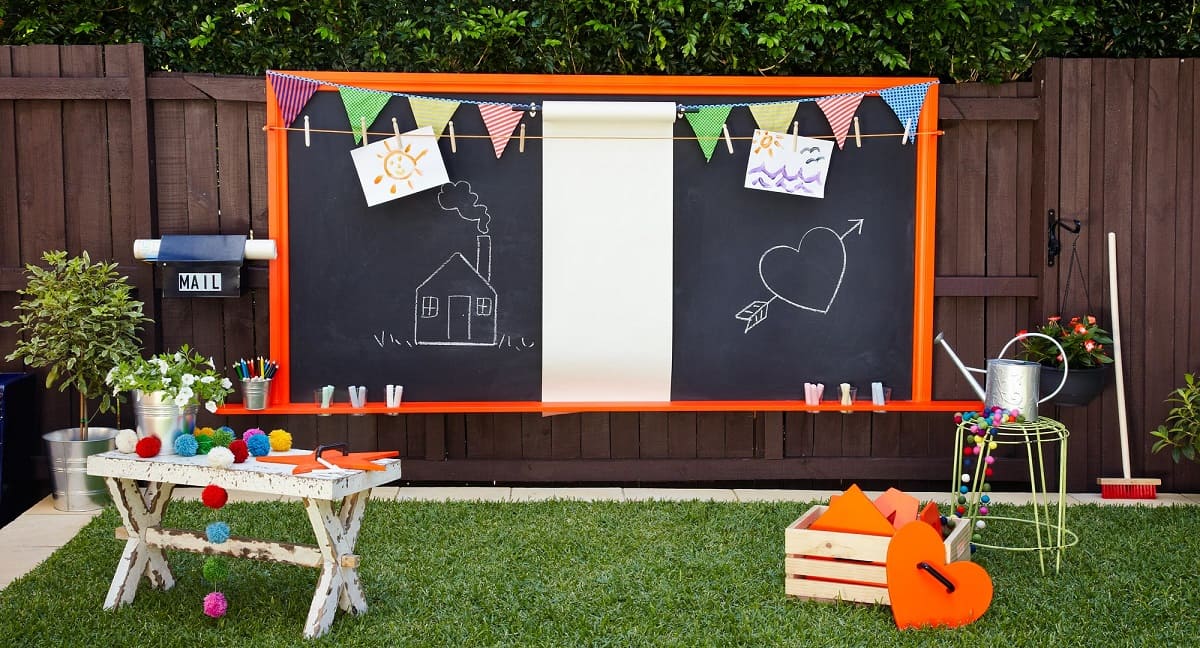
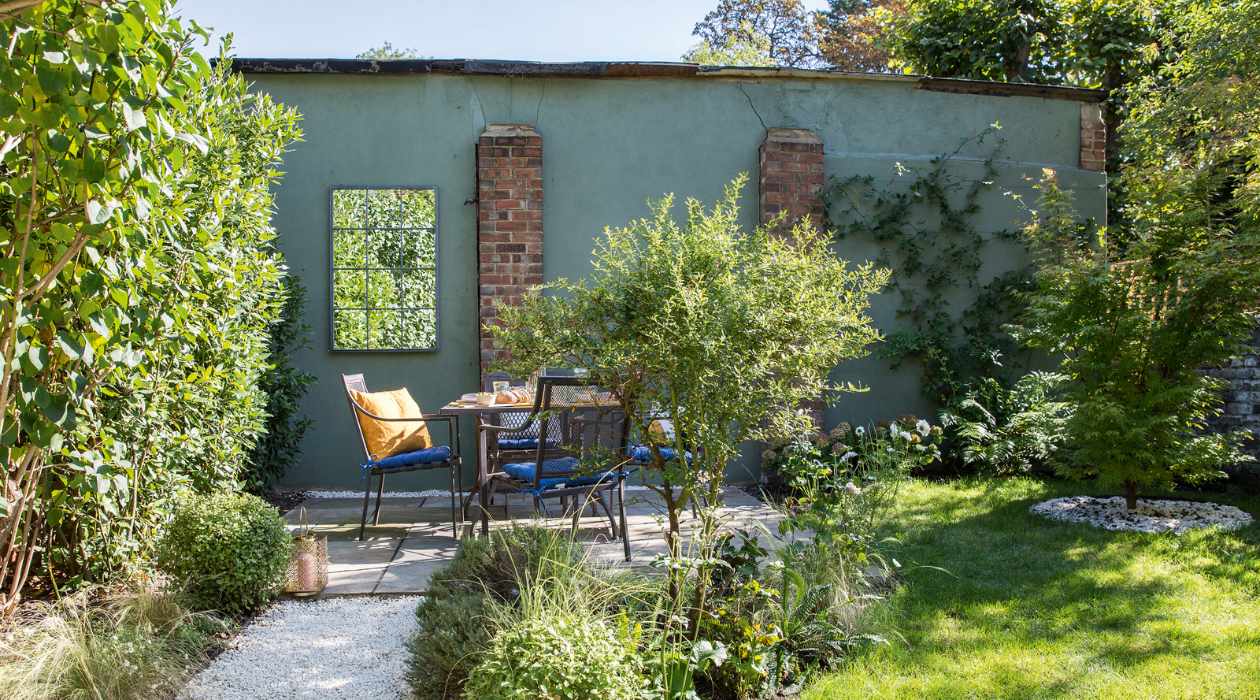
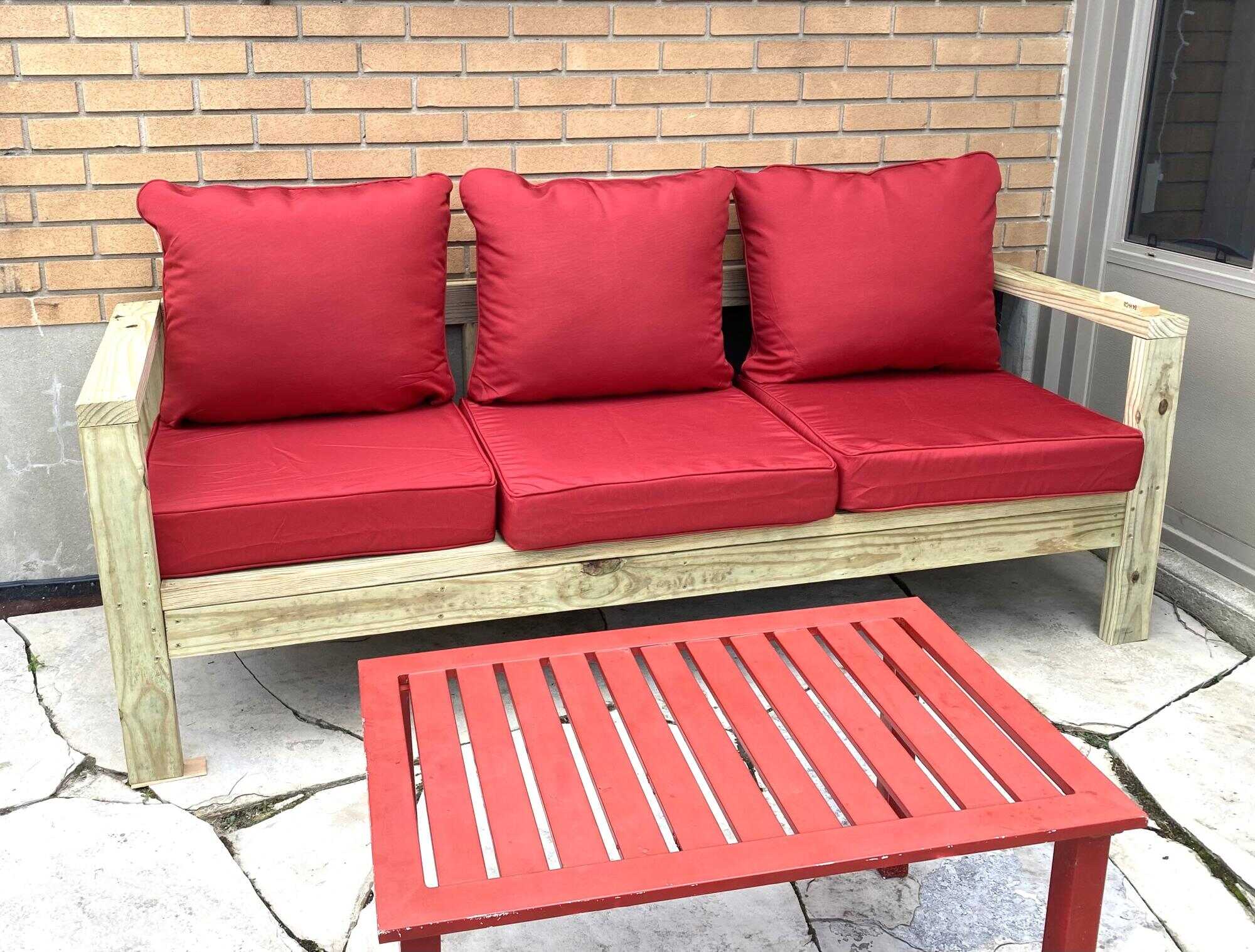
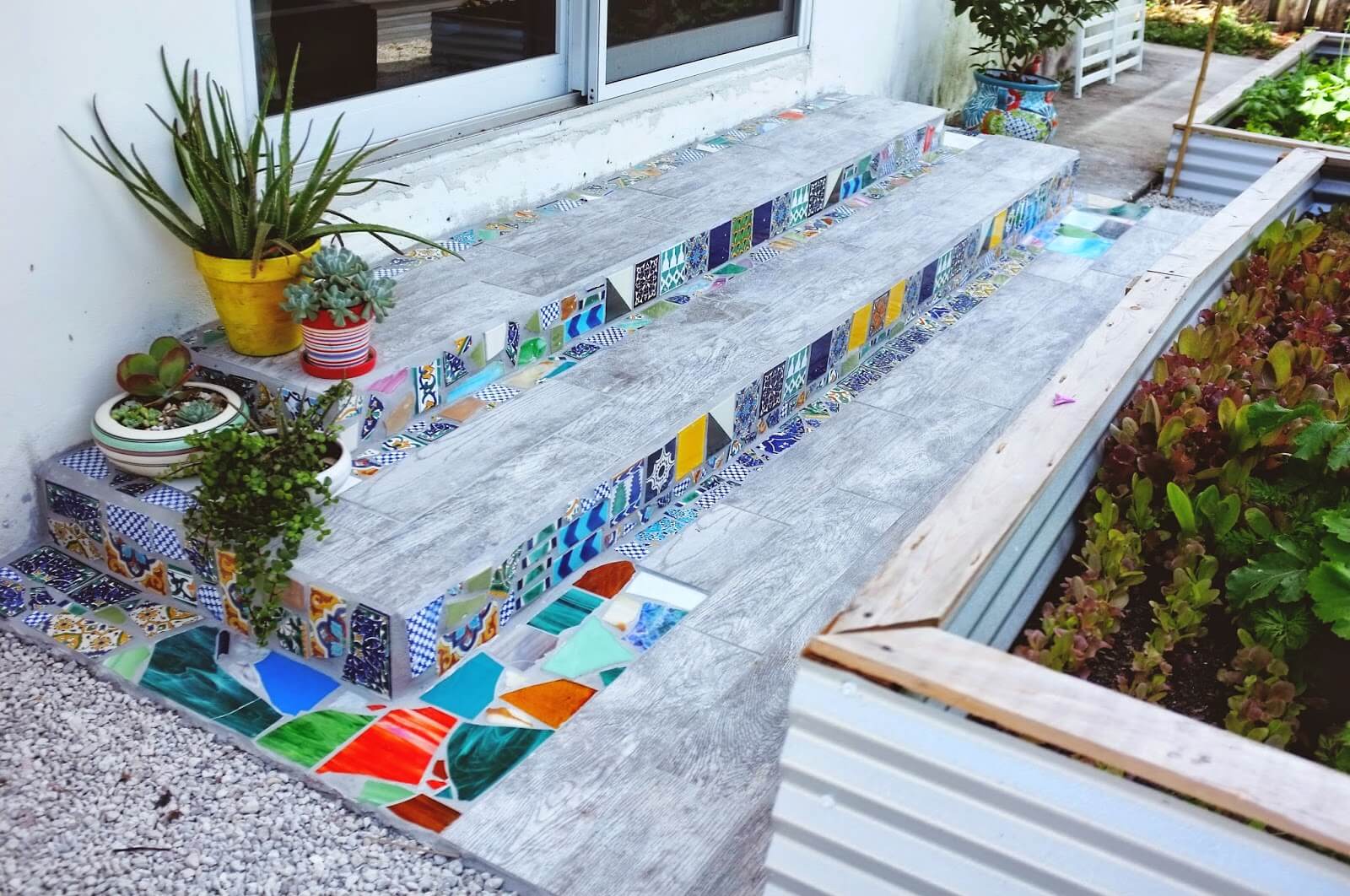
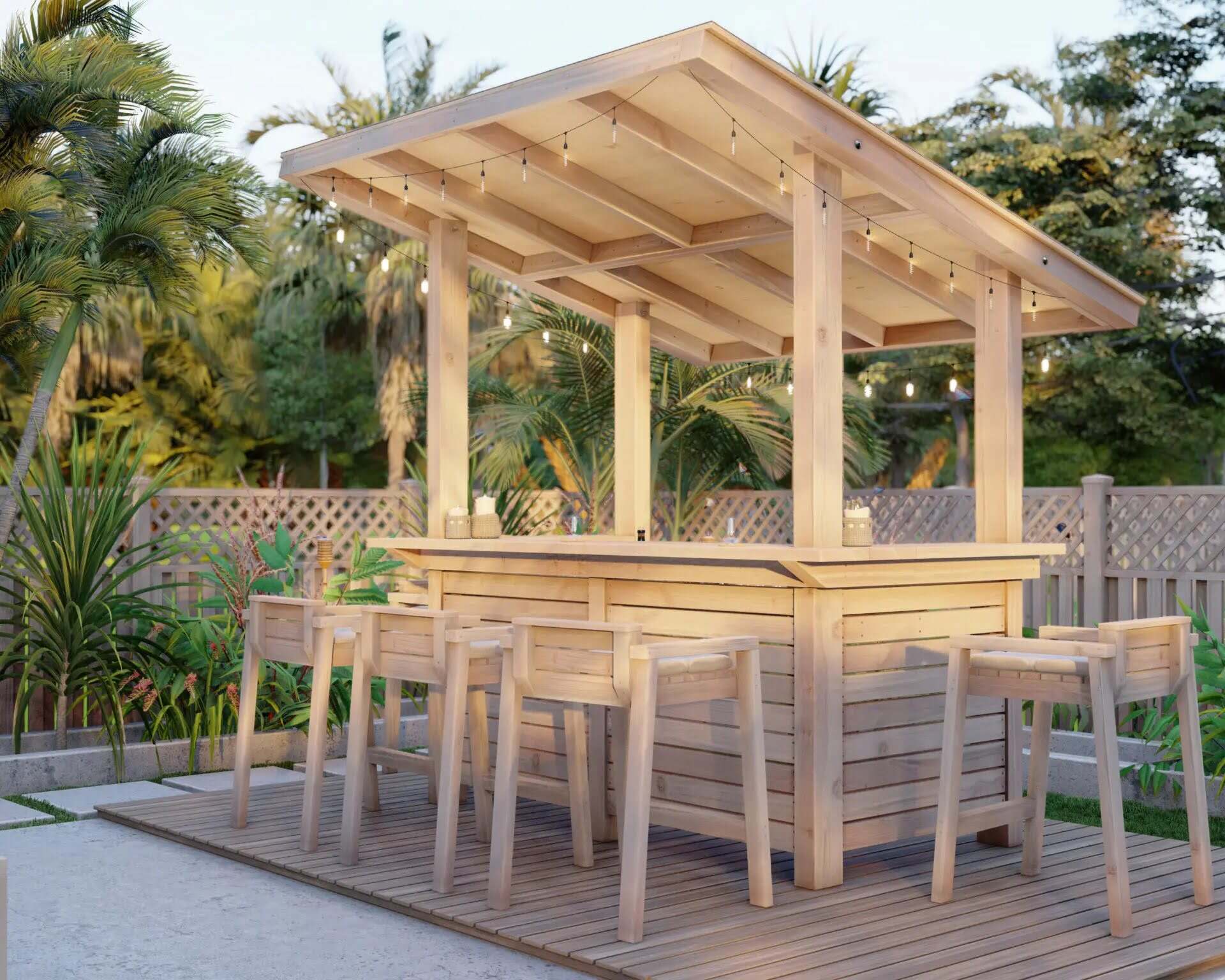


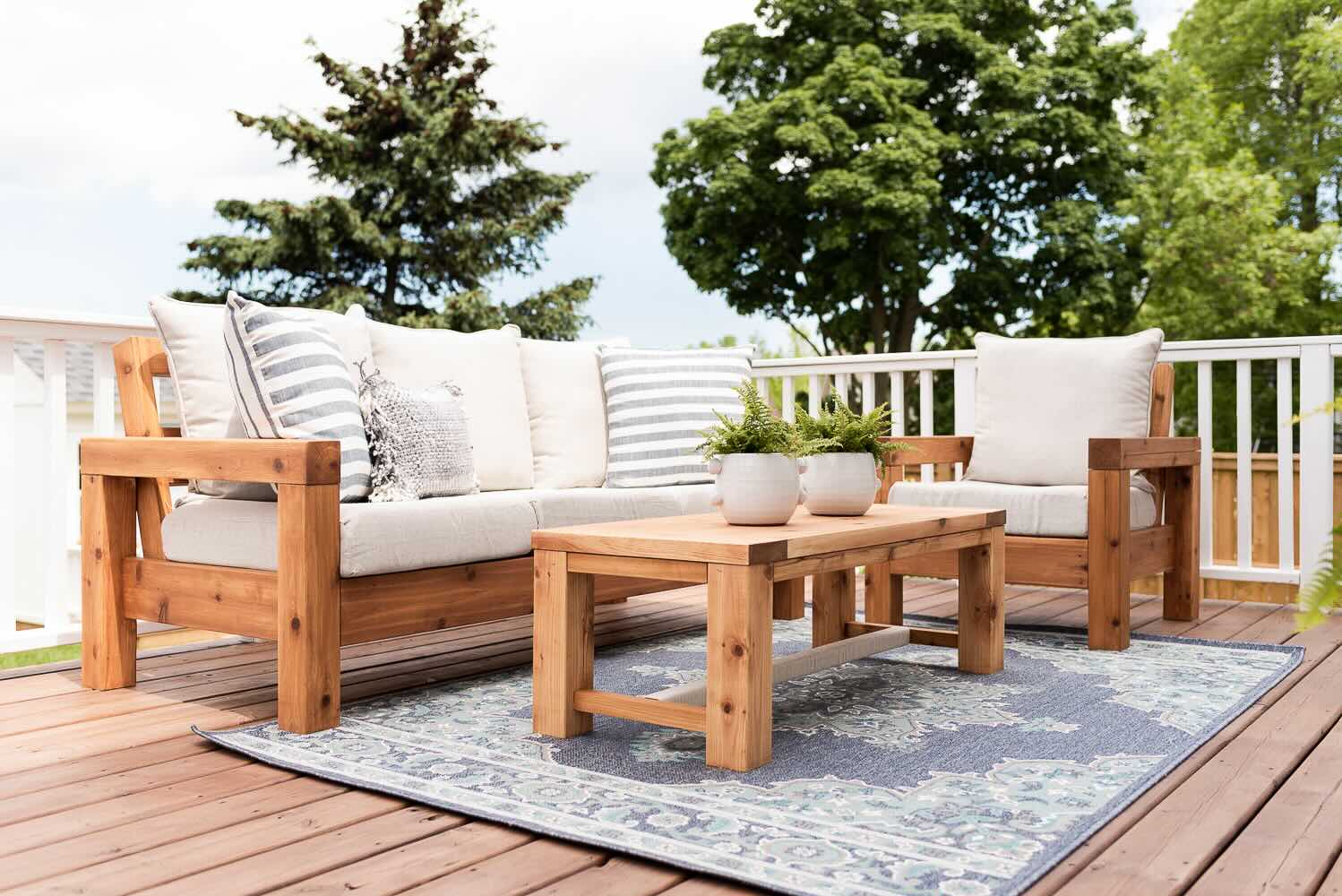
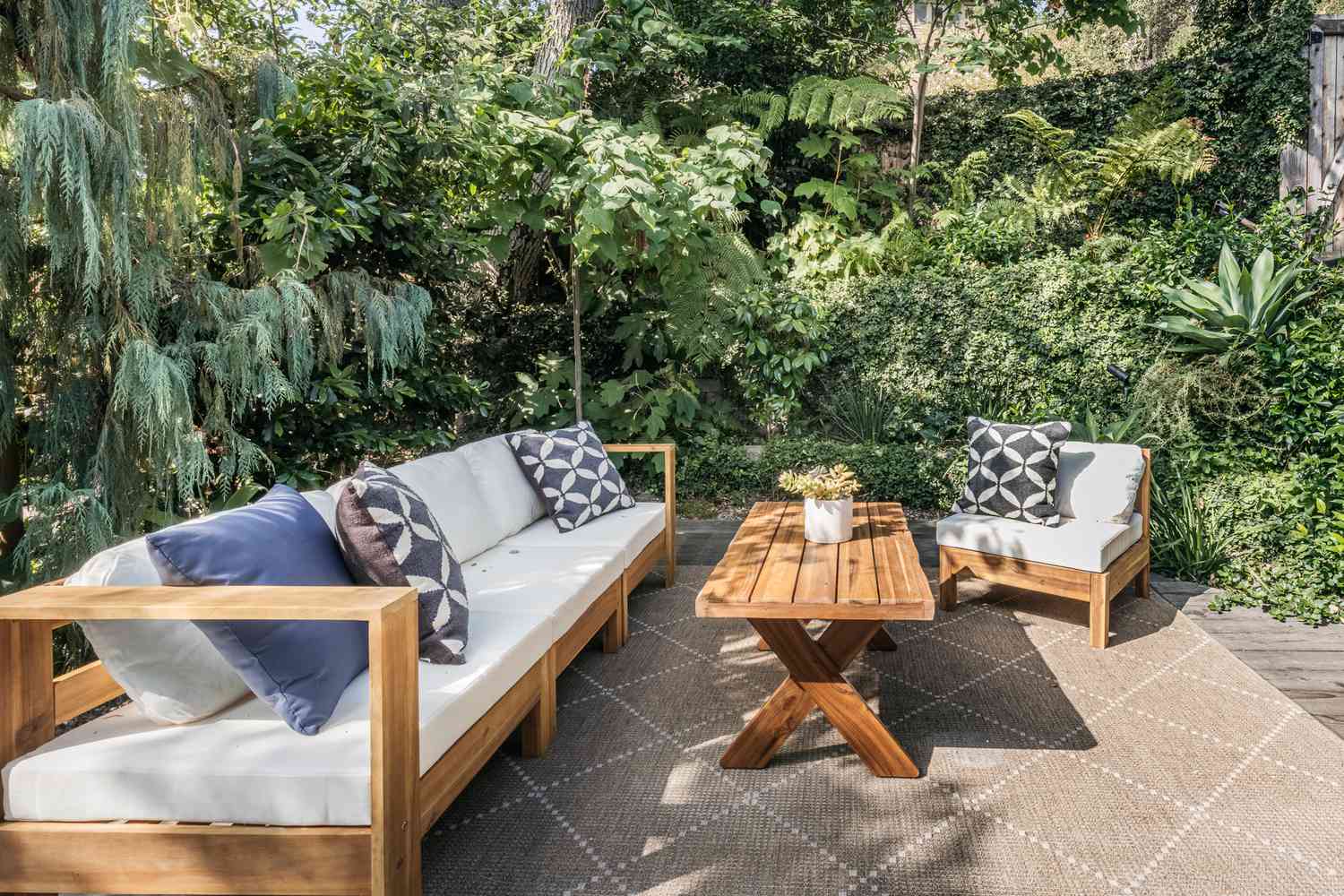

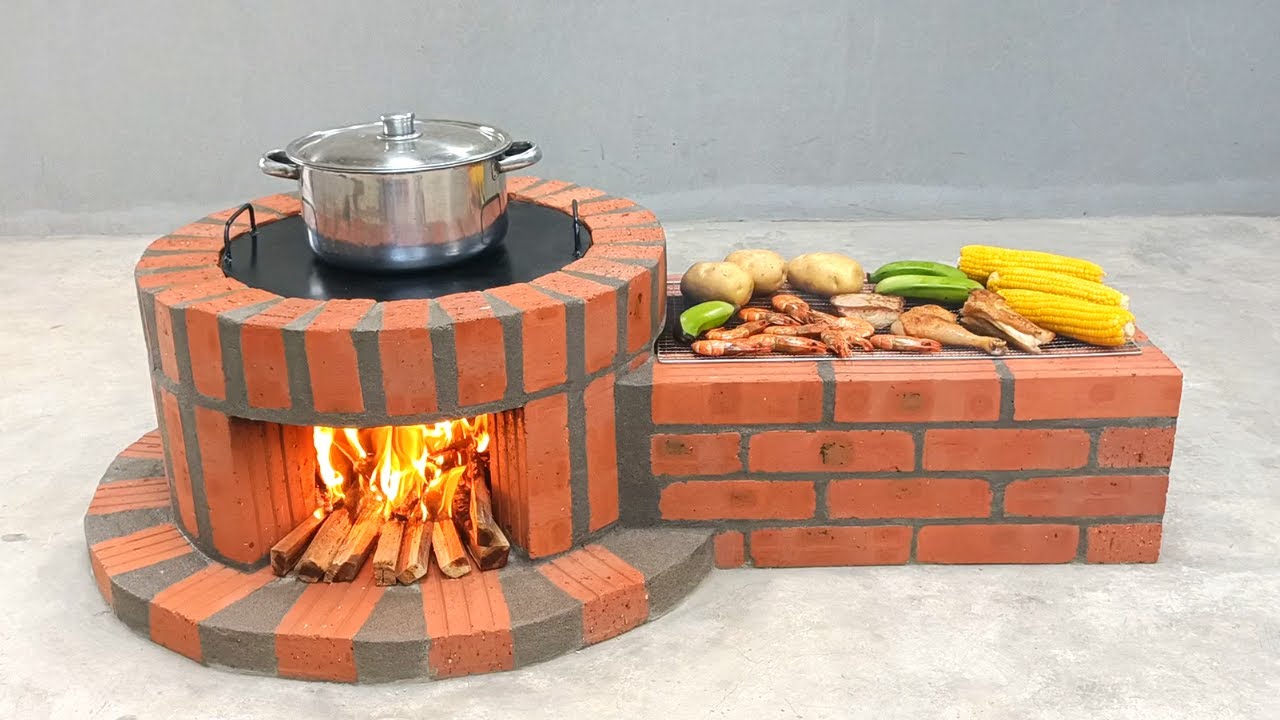
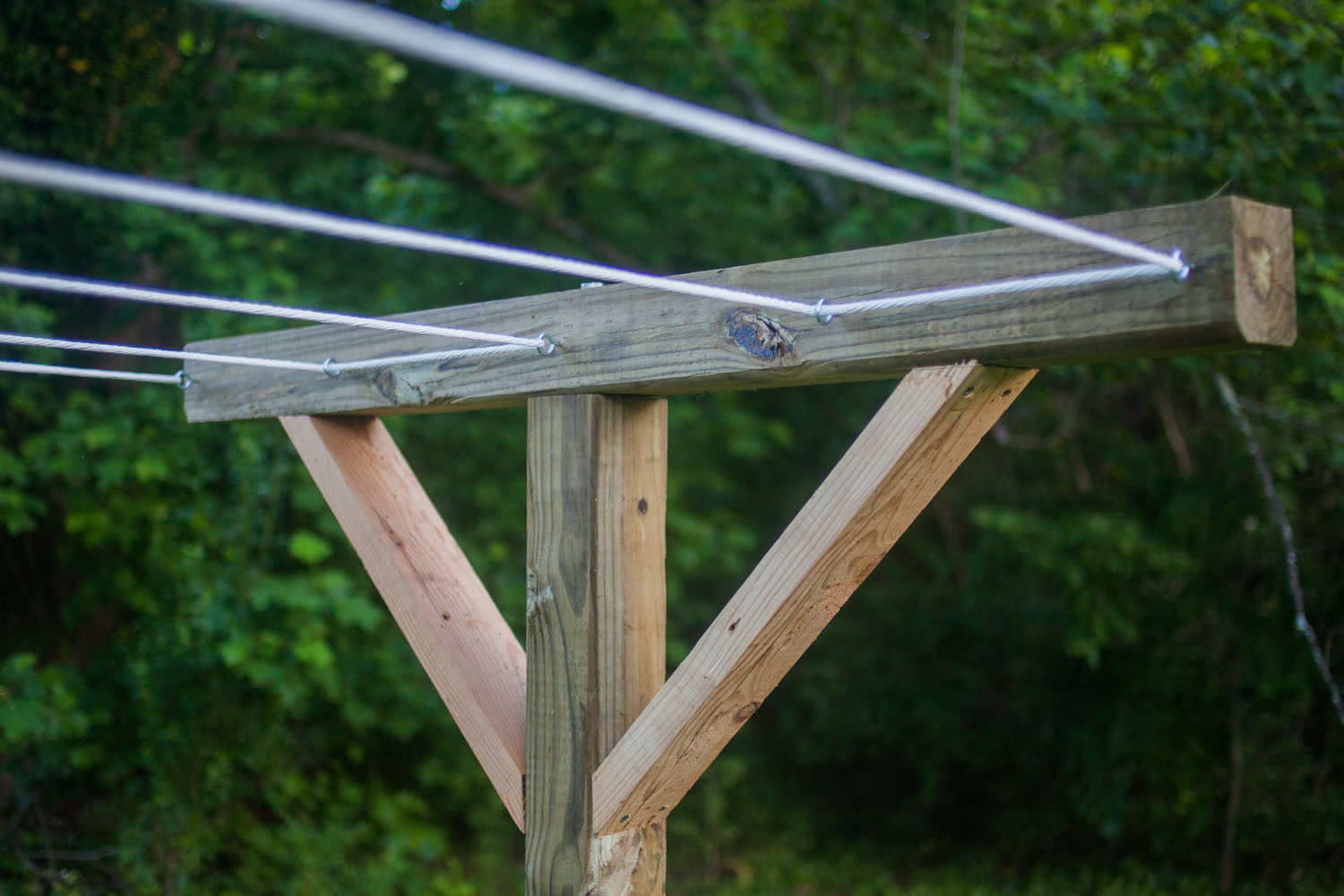
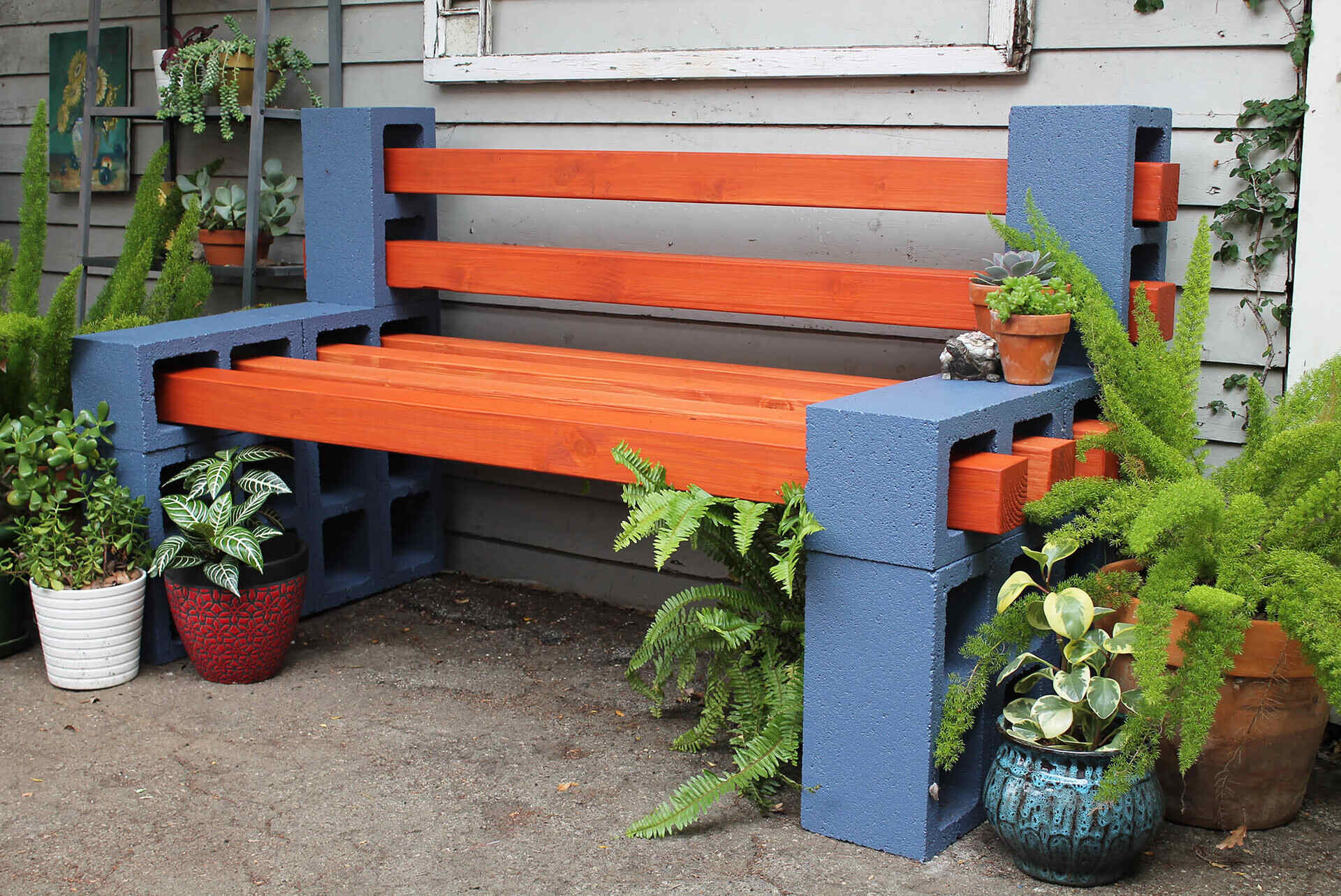

0 thoughts on “How To Make An Outdoor Sculpture”